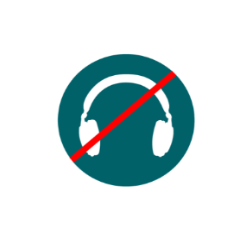Lecture
Title:
How to perform a stress-free neurological examination
Speaker:
Paul Freeman
Topic:
NEUROLOGY
Date:
Thursday, 20 October 2022
Time:
15:00 - 15:55
Language:
Lecture presented in English - Simultaneous Translation into Spanish available
Room:
Auditorium 1 (Room Capacity 1200 vets)


The neurological examination is key to the investigation of neurological disease, since it is the basis for neuroanatomical localisation. Accurate neuroanatomical localisation is essential in establishing a good differential diagnosis list and targeting further investigations when faced with a neurological condition. It is especially important if advanced imaging is to be performed, but it is also extremely useful when basic imaging is the only available option. Furthermore when wishing to discuss or refer a case to a specialist, a well-performed neurological exam and localisation will be of great benefit, and as such should never be neglected in the examination of the neurological patient. Defining when a condition is truly neurological will also be possible only with the aid of a neurological examination.
The aim of this session is to teach delegates how a basic neurological examination is possible during a routine consultation, and to equip practitioners with the tools to know when a more detailed examination may be required. The basic parts of the neurological examination will be looked at, many with the aid of videos, including observation of behaviour and gait, the cranial nerve reflexes and responses, spinal reflexes and muscle tone, postural reaction testing and proprioception as well as autonomic reflexes; hints and tips from the speaker’s personal experience will be provided which will hopefully be helpful in avoiding common mistakes and pitfalls.
The neuroanatomical regions within the brain and spinal cord will be defined and referred to alongside the elements of the neurological examination, so that delegates will be able to understand the relevance of the various parts of the examination. The peripheral nervous system comprising of nerve, muscle and neuromuscular junction will also be discussed, along with signs that disease may be located here. It is possible in most cases for the neurological examination to become a part of the routine clinical examination with a little practice and experience, and it can indeed be a “stress-free” part of the examination for both veterinary surgeon and patient.
References
Time zone: Central European Time (CET) UTC+1

Translation to spanish

Translation to english

Without translation